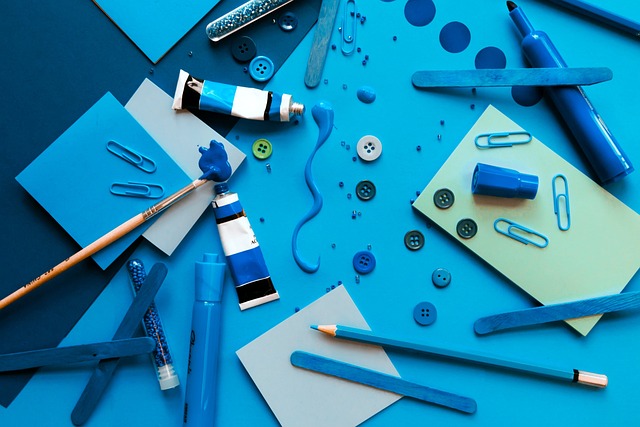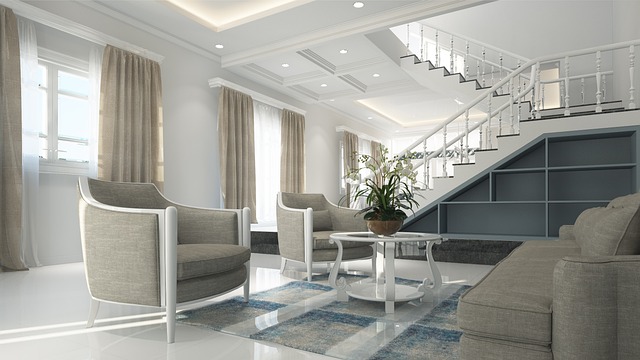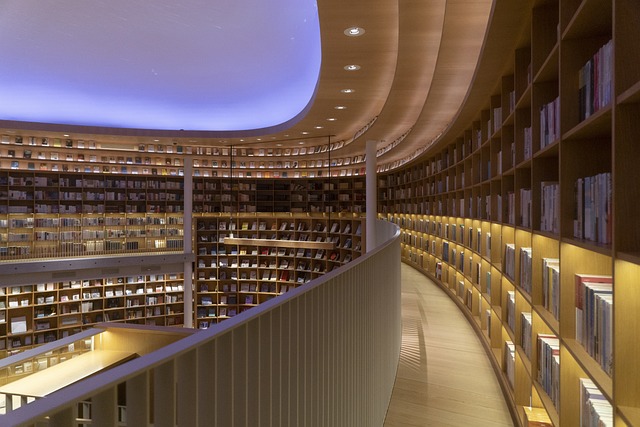The Intersection of Art and Design with Creative Materials
Creativity knows no bounds, especially in the realm of applied arts, where imagination meets practicality. In recent years, the use of innovative materials has transformed both art and design, pushing the envelope of what is possible. This perfect fusion of aesthetic and functionality has allowed artists and designers to explore new ways of expression and engagement, appealing to our senses in profound ways.
The Role of Creative Materials
Creative materials form the foundation of any great piece of art or design. They provide the tactile experience that inspires emotions and thoughts. Whether it’s the smoothness of glass, the warmth of wood, or the unexpected flexibility of recycled fabrics, each medium carries its own story. Artists have increasingly started to experiment with unconventional materials, leading to stunning results that surprise and delight audiences.
Art: Breaking Boundaries
In the world of art, boundaries are continually being pushed. The integration of innovative materials encourages a dialogue between traditional and contemporary art forms. Think of how sculptors are now using 3D printing to create intricate designs that would have been nearly impossible to achieve by hand. These technological advances are not just tools; they reshape the way we conceptualize art, bridging the gap between the artisan and the audience.
Installation artists, too, are utilizing materials like LED lights, organic elements, and even digital projections to create immersive experiences that engage viewers on multiple levels. This melding of art and technology highlights the endless possibilities that emerge when we embrace creative materials.
Design: Function Meets Aesthetics
The field of design thrives on innovation, and the materials used can elevate a project from mundane to extraordinary. Sustainable materials have taken center stage, where designers not only prioritize aesthetics but also consider the environmental impact. Biodegradable plastics, reclaimed wood, and non-toxic paints are just a few examples of how the design community is responding to the call for sustainability.
Moreover, the use of unexpected materials can spark new ideas. For instance, incorporating metal mesh in fashion design can add both structure and boldness, turning a simple garment into a statement piece. Home decor designers are similarly using unconventional elements, transforming ordinary spaces into artistic sanctuaries that reflect individual stories and sensibilities.
Bridging the Gap Between Art and Design
The synergy between art and design is more pronounced than ever, thanks to creative materials. Artists are drawing inspiration from their design counterparts, and vice versa, creating a rich tapestry of ideas that inspire one another. Collaborative projects often blur the lines, leading to unique displays that resonate with a broader audience, illustrating that art and design are not isolated disciplines but intertwined practices.
In summary, the exploration of innovative materials in applied arts not only enhances aesthetic appeal but also enriches the creative process itself. As we continue to navigate this exciting territory, it is the artists and designers, armed with their creative materials, who will lead the way in defining our visual and experiential landscape.




